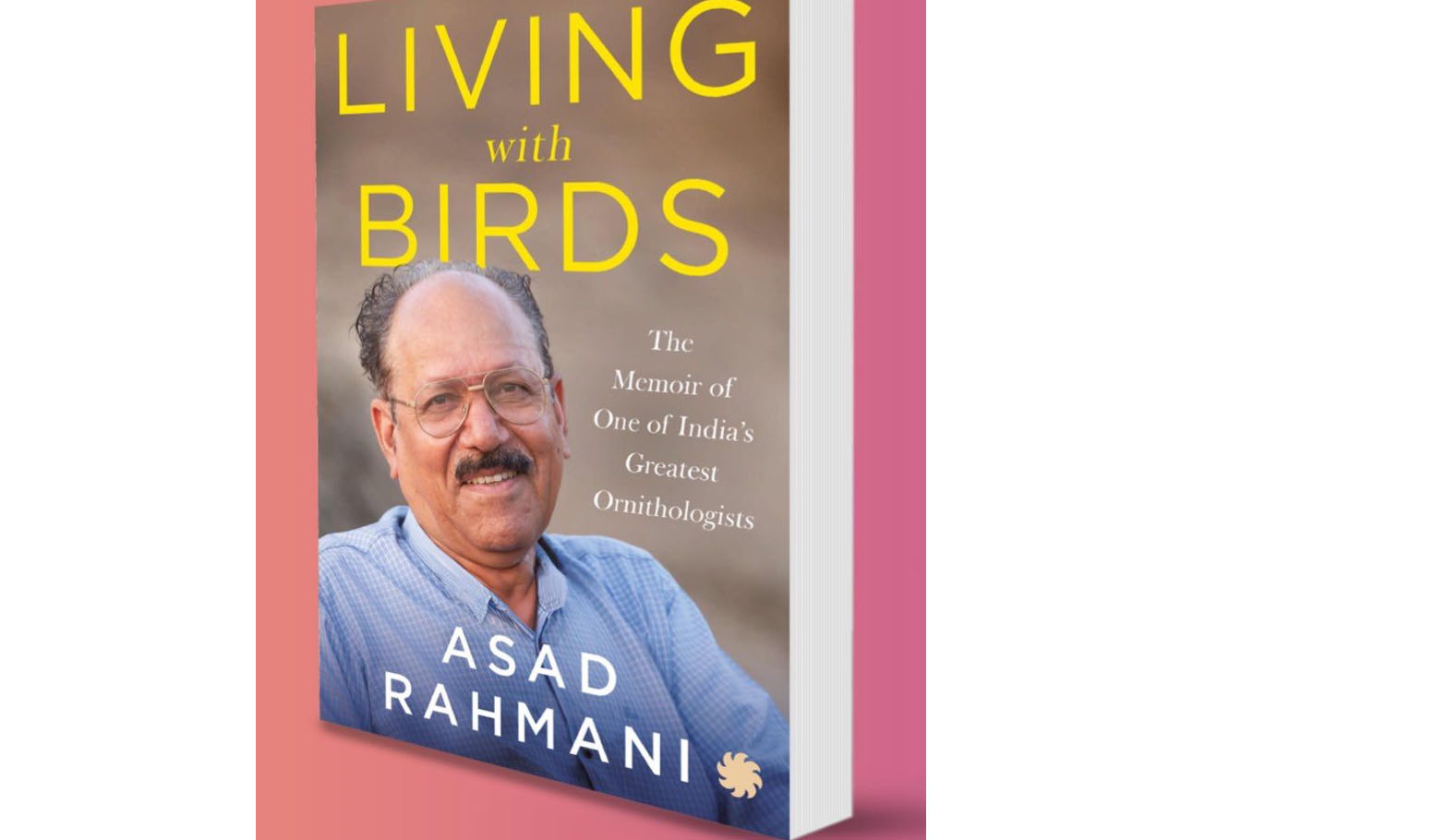Book Review: Living with Birds – Tribute to India’s avian wonders and the call for conservation
The book goes beyond being a mere documentation of bird species. It’s a profound meditation on the interconnectedness of all life forms, underscoring the delicate balance of ecosystems.

By N. Shiva Kumar
Living with Birds by Dr. Asad Rahmani is a soul-stirring slice of life to the avian wonders of the natural world. A renowned ornithologist, Rahmani’s narrative bridges the gap between rigorous science and heartfelt personal reflections, inviting readers to immerse themselves in a life lived close to birds. His prose is as vibrant as the plumage of the creatures he so passionately describes, blending ecological insights with anecdotes that resonate deeply with professional and casual bird-watchers alike.
The book goes beyond being a mere documentation of bird species. It’s a profound meditation on the interconnectedness of all life forms, underscoring the delicate balance of ecosystems. Rahmani’s accounts of bird behaviour, habitats, and the challenges posed by urbanization and climate change serve as a poignant reminder of humanity’s impact on nature. His words are a clarion call for conservation, urging readers to take responsibility for preserving avian diversity before it’s too late.
What sets Living with Birds apart is the authors penchant for personal touch provoking the readers to immerse into world of winged wonders. Rahmani doesn’t just observe birds; he lives among them getting a peep into their private lives. His stories, from hinterlands studying Great Indian Bustards in the Thar desert or the Flamingos in the Rann of Kutch to the everyday joy of watching a common crow, reveal a man profoundly in tune with nature. The emotional depth is tangible, especially when he laments the loss of habitats or reflects on species on the brink of extinction. These moments hit hard, leaving the reader with a mixture of awe, contemplative and sorrow.
Reasonably priced, the book is also a masterclass in making ornithology accessible. Rahmani’s descriptions of bird behaviour are richly detailed yet never feel overwhelming, making the text engaging for both experts and casual enthusiasts. His vivid imagery transports readers to the grasslands, marshes, forests, and urban landscapes where these avian dramas unfold across India.
However, what lingers most is the author’s unwavering optimism. Despite the grim realities of environmental degradation, Rahmani’s belief in the power of individuals and communities to make a difference shine through. His passion is infectious, inspiring readers to see birds not just as fleeting silhouettes in the sky but as integral to the planet’s health and our own well-being.
Living with Birds is more than a book just wrapped up in 300 pages and segregated in 29 chapters. For me it’s an awakening of the incredible Indian landscape where birds thrive jostling for space with humans. It is also helping a reader like me to pick and choose chapters that can be separately relished for its sheer readability. Rahmani’s heartfelt tribute to the avian world will resonate long after the final page, urging us to protect not just birds but the fragile beauty of life itself.
Related News
-
Cartoon Today on December 25, 2024
47 mins ago -
Sandhya Theatre stampede case: Allu Arjun questioned for 3 hours by Chikkadpallly police
1 hour ago -
Telangana: TRSMA pitches for 15% school fee hike and Right to Fee Collection Act
2 hours ago -
Former Home Secretary Ajay Kumar Bhalla appointed Manipur Governor, Kerala Governor shifted to Bihar
2 hours ago -
Hyderabad: Organs of 74-year-old man donated as part of Jeevandan
2 hours ago -
Opinion: The China factor in India-Nepal relations
2 hours ago -
Editorial: Modi’s Kuwait outreach
2 hours ago -
Telangana HC suspends orders against KCR and Harish Rao
3 hours ago




